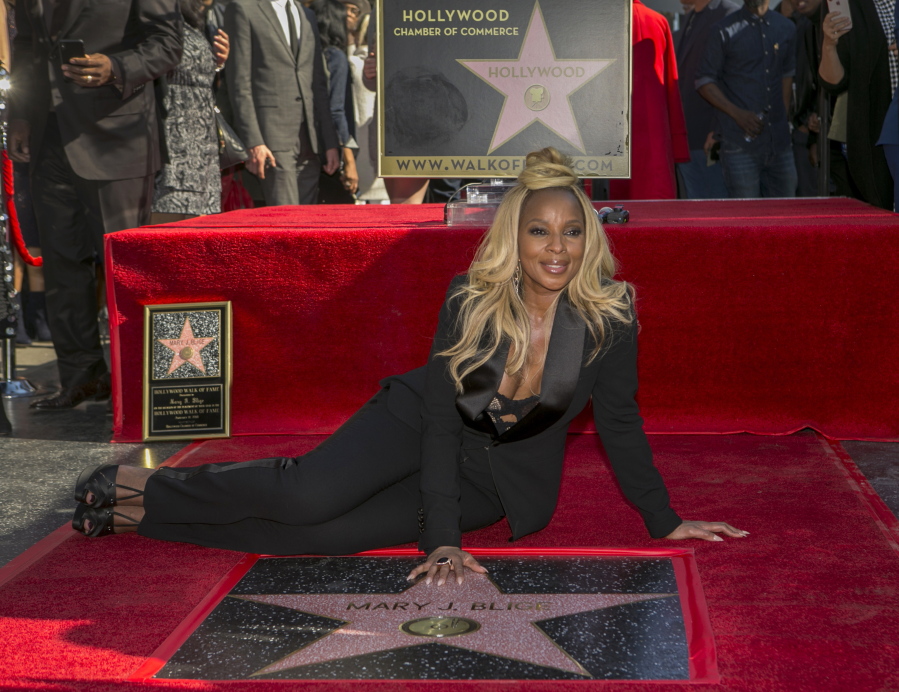Mary J. is in the spot again — well, specifically, last Sunday night.
But it’s not just because of the iconic songstress’s landmark contributions to the fusion of soul and hip-hop or her memeable dance moves. Mary J. Blige was nominated for best supporting actress at last weekend’s Golden Globes for her role in the Netflix drama “Mudbound.” She lots to Allison Janney for her role in “I, Tonya.”
So how did Blige transition from worldwide music icon to serious, Golden Globe-nominated actress? If we take a look at her background, we shouldn’t be surprised.
Since her 1992 multiplatinum debut album, “What’s the 411?” seven more of Blige’s records have reached multiplatinum status. She has won nine Grammy Awards and been nominated for 22 others. Over the course of her more than 25-year career, she has sold over 50 million albums.
But the superstar hasn’t had it easy. A New York native born in the Bronx and raised in Yonkers, Blige lived in housing projects while growing up and dropped out of high school. She was no stranger to alcohol and drug abuse, both witnessing it and struggling with it herself.
Blige is perhaps best known for her sophomore work, “My Life,” which was inspired by struggles with clinical depression, substance abuse and an abusive relationship. Rolling Stone included the album in its list of the “100 Best Albums of the 1990s.”
Now, Blige has also allowed her soul to come through film as she moves from “Queen of Hip-Hop Soul” to serious screen queen.
In an interview with Variety, Blige said her interest in acting dates back to performing in plays when she was 7 years old. Her first on-screen performance was the 2001 independent film, “Prison Song.” “I hope people don’t go digging it up,” Blige told Variety.
“Prison Song” was followed by roles that used her musical talents. She starred in Tyler Perry’s 2009 musical comedy-drama “I Can Do Bad All By Myself”; the 2012 musical “Rock of Ages”; and 2013’s “Black Nativity.” Blige also produced a song, “The Living Proof,” for the 2012 critically acclaimed film “The Help,” which was the source of her first Golden Globes nomination — for best original song in a motion picture. Blige received her second song nomination this year for “Mighty River” from the “Mudbound” soundtrack, but lost to “This Is Me” by Pasek & Paul from “The Greatest Showman.”
Transformation
“Mudbound” marks a transition for Blige — but yet another example of why her fans love her in the first place.
The drama is set in the American South in the 1940s, in a society dominated by Jim Crow segregation laws. The film follows two families — one white, one black — and how their lives intertwine on a farm just outside of a small Mississippi town. Blige portrays Florence Jackson, the mother of a World War II war hero who returns to his country to the same prejudices he left behind while overseas.
Among an ensemble cast of more seasoned actors including Carey Mulligan, Garrett Hedlund, Jason Clarke and Jason Mitchell, Blige fits right in — so well that some audiences could not believe it was her. Blige “disappears so thoroughly into her regal, inscrutable character that viewers may not recognize her until the final credits roll,” Washington Post chief movie critic Ann Hornaday noted in her four-star review of the film.
Blige’s raw, emotional performance in the film is reminiscent of the music that catapulted her to stardom. Blige is no longer just vocally and lyrically raw, but visually, too.



